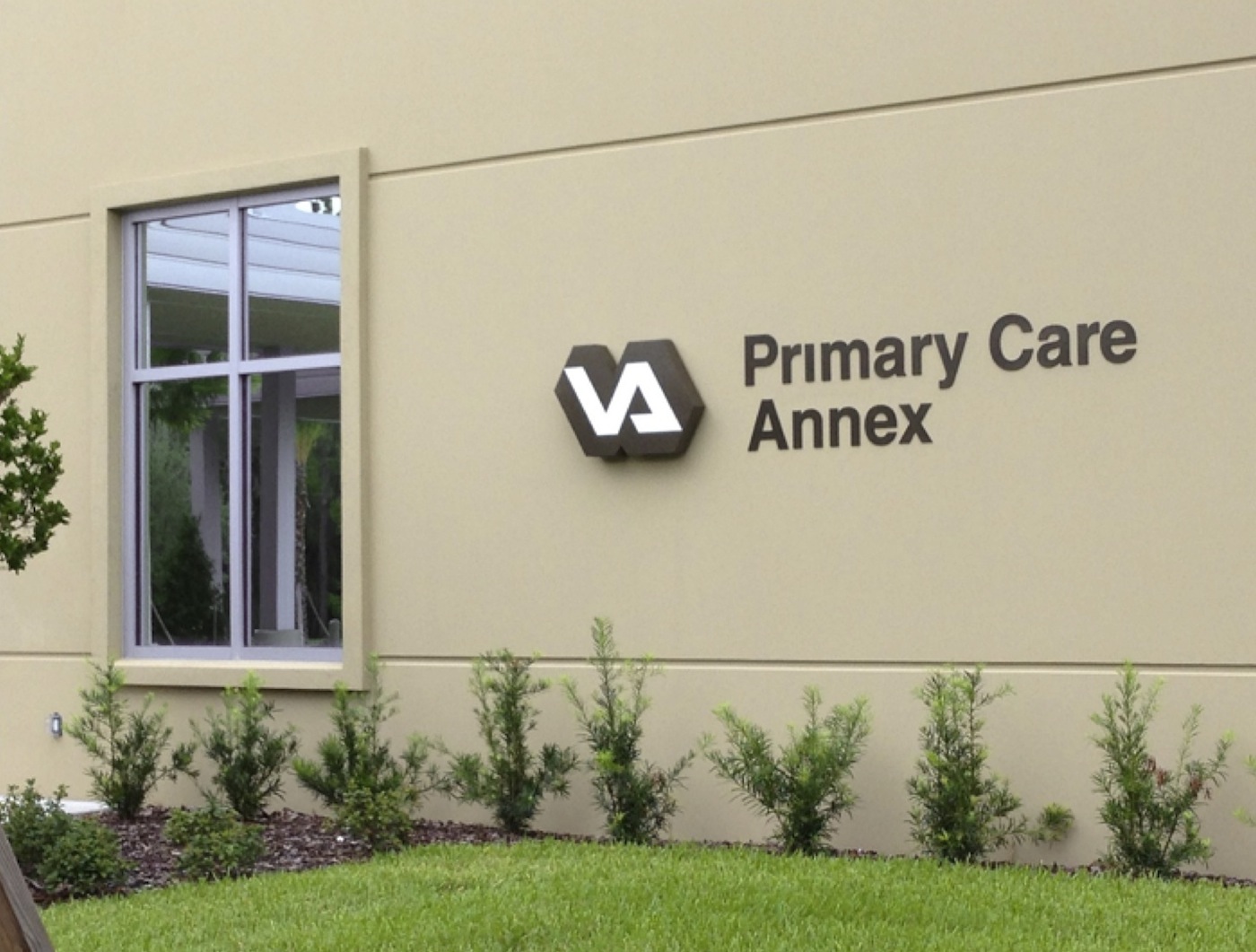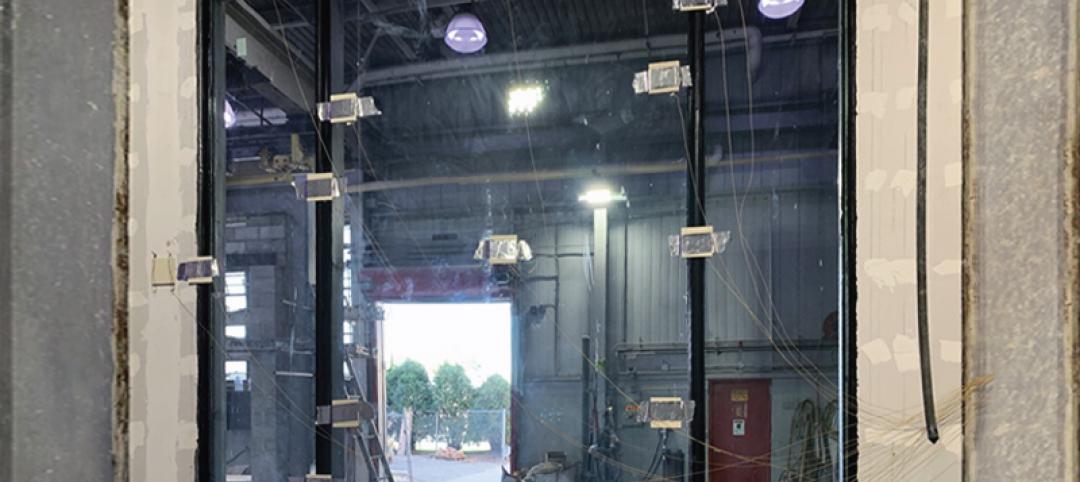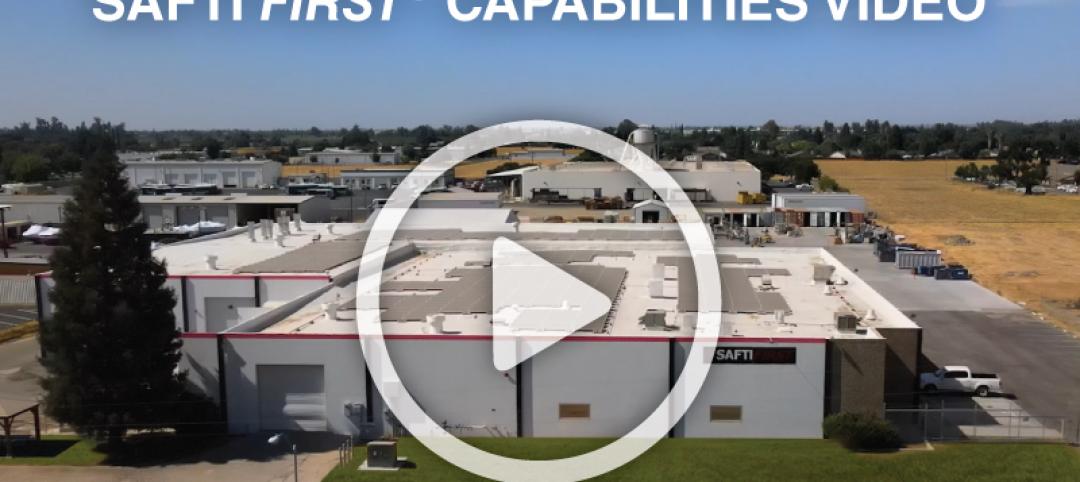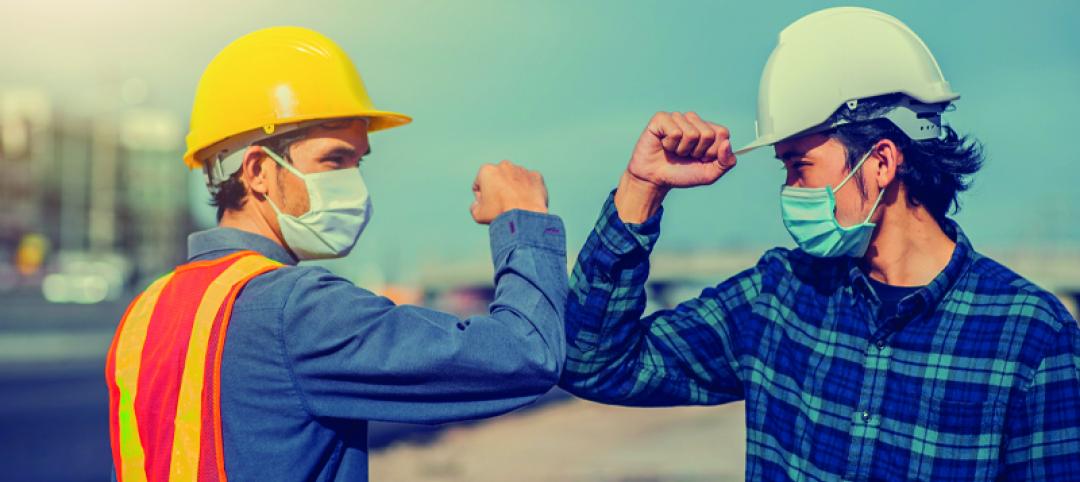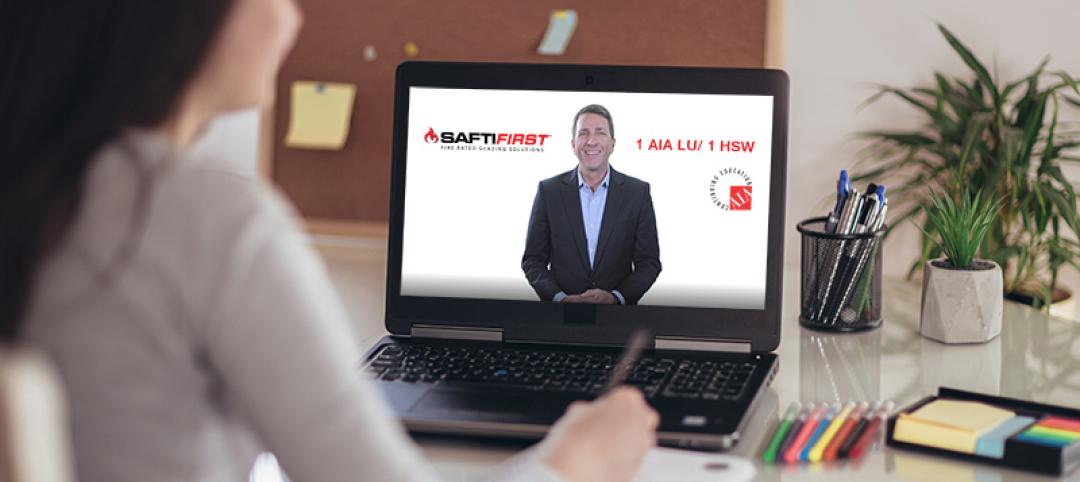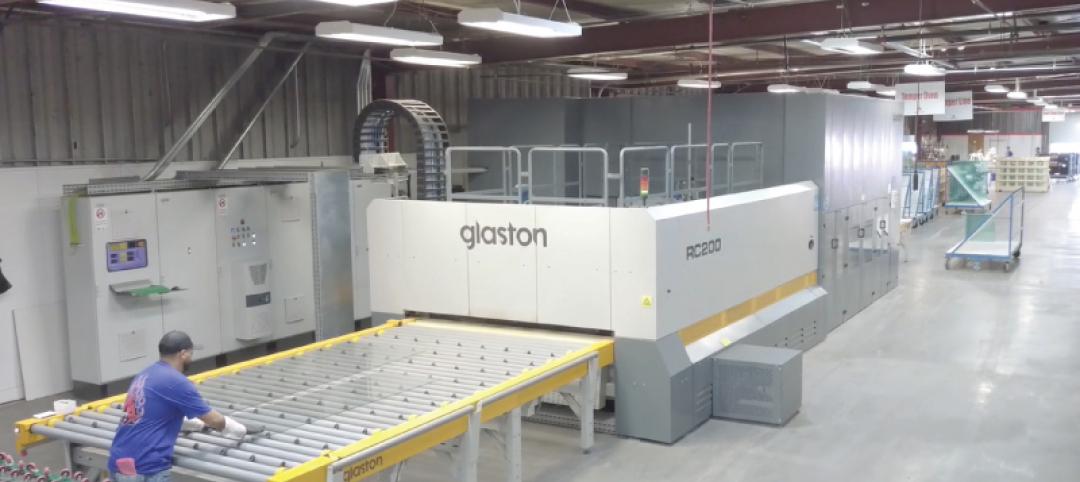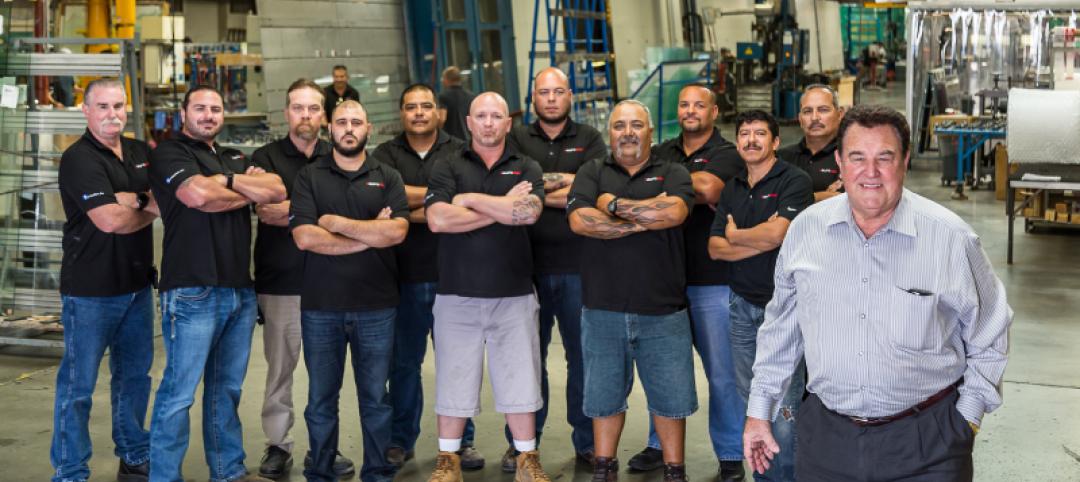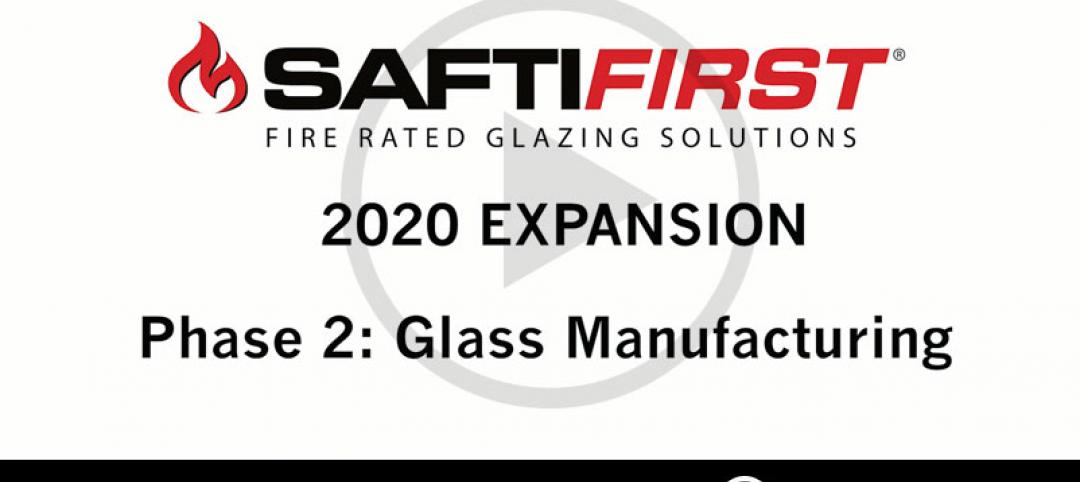Security, safety and transparency don’t have to be mutually exclusive thanks to new glazing technology designed to support blast and fire-resistant secure buildings. These facilities can be welcoming, light-filled environments with the integration of diverse products that meet technological and code requirements.
Demand for blast-resistant glazing continues to grow because of increased terrorist activity as well as mandates from the GSA and the U.S. Departments of Defense and State, which require installation of protective glazing in new and renovated government buildings that meet certain threat criteria.
Government facilities that integrate blast-resistant glazing include courthouses, prisons, embassies, military hospitals and federal office complexes to create welcoming, yet highly secure facilities. Blast-resistant design is also a growing trend at airports and in the commercial and residential sectors. The objective is to minimize the hazards that might occur, such as flying glass and wall debris. In fact, blast mitigation technologies were credited for saving many lives during the September 11 attack on the Pentagon.
Blast hazard mitigation design for windows and fenestrations is particularly important because these façade components are typically the most vulnerable during an explosive blast. Approximately 75 percent of all damage and injury from bomb blasts can be attributed to flying and falling glass following the explosion.
However, there is a growing trend toward government buildings combining fire resistive performance and blast resistance in one glazed assembly. For example, construction is currently underway for the new Fort Irwin Replacement Hospital in southern California. This landmark project marks a significant milestone for the United States Department of Defense and features high performance glazed assemblies that maximizes daylight while still maintaining high levels of protection. To help meet this goal, SAFTI FIRST is providing a 2-hour fire resistive, blast-resistant curtain wall adjacent to the non-fire rated and blast resistant portions of the building envelope. Other project incorporating SAFTI FIRST’s fire resistive and blast-rated assemblies include the VA Primary Care Annex in Tampa, FL and the Public Safety Answering Center II (PSAC) in New York, NY.
Ultimately, selecting the most appropriate glazing hazard mitigation system involves considerations of threat, vulnerability and risk; the envelope design system; cost; daylighting needs; sustainability goals and other design objectives. When designing these specialized facilities, it is always helpful to involve an experienced manufacturer early in the project to explore available options, assist in product selection or even provide design assistance when needed. This can help ensure that the aesthetic and performance goals of the project are met and in many ways, help keep the project on time and on budget.
Click here to download SAFTI FIRST’s Security Series brochure to see our fire resistive and attack rated assemblies, fire resistive and ballistic rated assemblies and fire resistive and blast rated assemblies.
More from Author
Bill O'Keeffe | Oct 19, 2020
Going virtual
Manufacturers use virtual platforms to help architects meet CEU requirements.
Bill O'Keeffe | Jul 16, 2020
Obsolete?
"Revolutional, affordable, USA made Fire Rated Glazing for all fire protective areas makes ceramic glazing obsolete". Check out SuperClear 45-HS and SuperClear 45-HS-LI to understand why!
Bill O'Keeffe | Feb 10, 2020
USA-made fire rated glazing goes big in 2020
We are pleased to announce and share that the second phase of this $8 million expansion, upgrading our fire rated glass manufacturing facilities in Merced, California, is underway.
Bill O'Keeffe | Nov 20, 2019
Demand for advanced, USA-made fire rated glazing “RAISES THE ROOF”
With architects specifying full-vision, code-compliant, 60 and 90 minute, temperature rise doors for exit stairwells and other code required applications, we found this as an opportunity to expand our product offerings.

